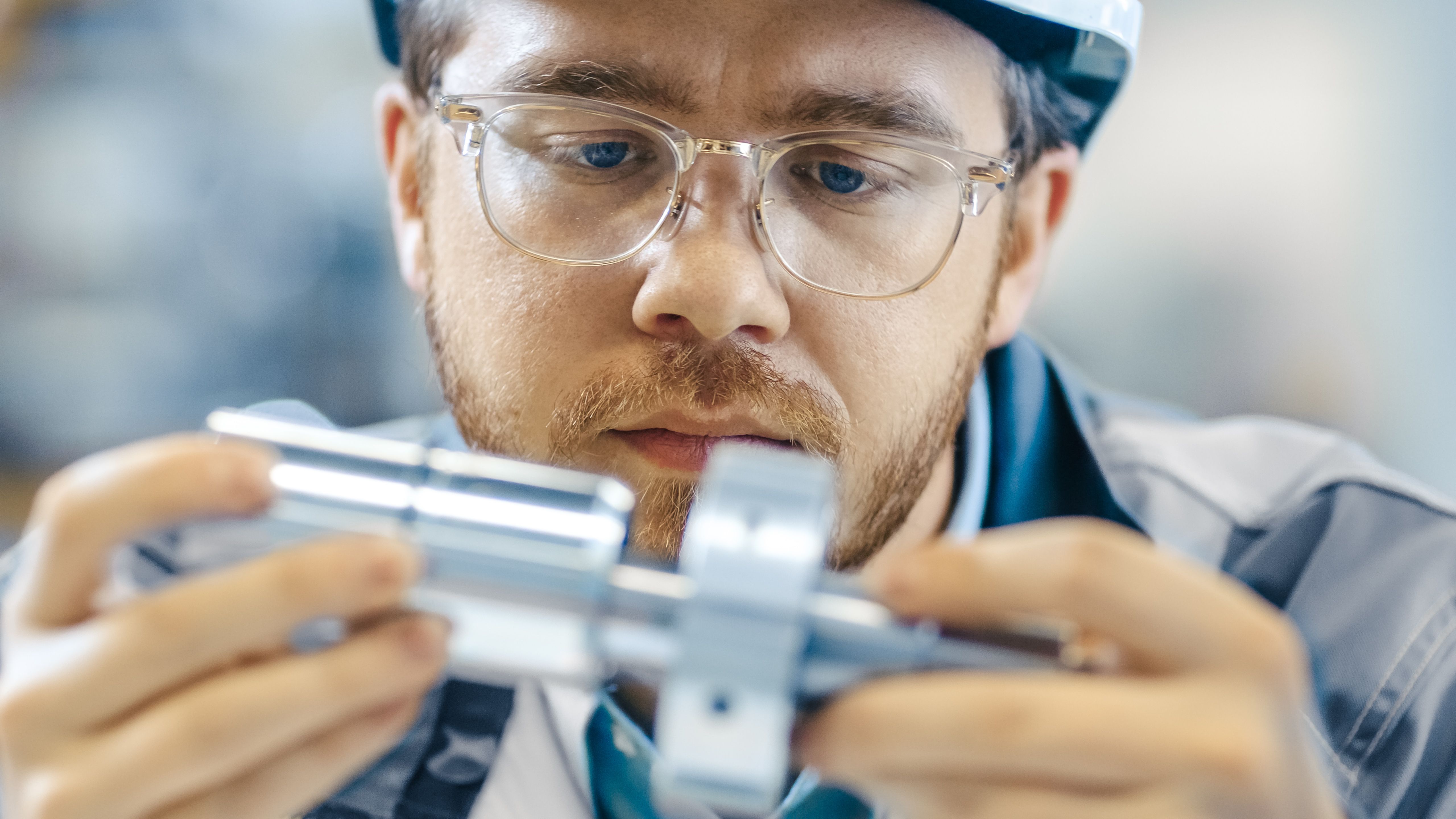What is the €200 million Ukraine Enterprise Crisis Scheme ?
The scheme is to help companies in the manufacturing and internationally traded services sectors that are surviving but struggling due to the wider consequences of the conflict in Ukraine, as well as the ever rising energy prices.
A €200 million targeted Ukraine Enterprise Crisis Scheme has been established as part of Budget 2023. One part of the initiative will offer energy grants of up to €2 million to energy-intensive businesses affected by the exceedingly high increases in gas and electricity prices. The program will be managed by Enterprise Ireland, IDA, and Darás na Gaeltachta. Eligible companies are required to create an energy efficiency plan outlining how they can decrease their energy expenses.
What do you need to know?
The €200 million Ukraine Enterprise Crisis Scheme will have two measures and will assist viable but vulnerable firms in manufacturing and internationally traded services.
Measure 1 will provide aid in the form of direct grants, repayable advances, equity and/or loan notes aid to ensure liquidity and access to finance for enterprises that face economic challenges as a result of increase input costs and supply chain difficulties, and which have suffered a 15% decrease in operating surplus in 2022 compared to 2021. The aid will be assessed on the basis of a Business Sustainment Project Plan which should also outline measures undertaken or planned to improve energy efficiency. The overall aid under this measure will not exceed €500,000 and will typically be provided on a co-funded basis, the minimum aid award is €20,000.
Measure 2 will provide aid for additional costs due to exceptionally severe increases in natural gas and electricity prices experienced by energy-intensive businesses (with spend greater than 3% of turnover on energy) which have suffered a 15% decrease in operating surplus in 2022 compared to 2021, and doubled per unit cost of gas/electricity. The aid will be in the form of direct grants and the overall aid per undertaking will not exceed 30% of the eligible costs up to a maximum of €2 million, the minimum aid award is €20,000. Applicants will be required to demonstrate measures undertaken or planned to improve energy efficiency.
5 Steps to Improve your Energy Efficiency
#1 Reduce
Reducing the amount of energy wasted in your electrical systems is critical to lowering your energy use. You may realise the most significant savings by identifying equipment that consumes more power than required. This energy loss is often manifested as heat. When a machine produces excessive heat, there is a chance to improve energy efficiency.
While it's absolutely ESSENTIAL to adhere to standard requirements and regulations, know that at least the requirements are dynamic. For instance, does the humidity in a room have to be maintained at a constant 50-60%? Most likely not. By simply reducing the setting to 40-50%, you'll immediately cut back your energy costs considerably - and without even spending on new (expensive) equipment.
#2 Reuse
Reusing water is a brilliant way to cut consumption as well as wastage, not to mention cost (of either procuring water or treating it for regulatory compliance). A lot of the water wasted in pharmaceutical manufacturing is considerably cleaner than it was to begin with so it may still be fit for consumption in another process. For instance, purified water from the final rinse of equipment could still be great for the pre rinse of other equipment, or for circulation in the cooling towers.
If you are unable to decrease waste heat, it may be reused. Waste heat recovery systems enable you to catch and utilise surplus heat from process heating for cogeneration. They are also a concrete means of reducing pollution, which aids in environmental sustainability initiatives.
#3 Recharge
Improve your energy sources - ie. shift to CO2 neutral energy sources, switching from natural gas to heat pumps for heating and water chillers to cooling towers for water cooling, or even installing solar panels on your roof. Larger companies may choose to go the JnJ/ GSK/ Novartis way and develop wind farms. The question is no longer whether you can – it’s whether you will... While energy optimisation initiatives already exist at a high, corporate level for most pharmaceutical companies, they just don’t yield the results we need to start seeing.
Sure, broad guidelines on which ventilation system to procure, or whether or not to have heat recovery for a system may ‘set the mood’, but these are just passive initiatives. The real, effective, and continued results come from a much more proactive, sustained outlook and effort – one that measures and analyses everyday operations to identify ever-present opportunities for optimisation…and most importantly, seeks to progressively improve on these goals in time with the changing normal.
#4 Real-time energy tracking
Is it easy to determine how much energy your facility consumes? What about the amount of energy used by each specific equipment or process? Despite being one of the most expensive sectors, power is seldom thoroughly controlled and handled by manufacturers.
Embedded energy monitoring may offer real-time production and energy use data, allowing for a proactive energy reduction strategy. For example, if you discover that a system consumed 30 kW one day and 60 kW the next, you might investigate further to see why.
Implement a system that gives you real-time access to energy data so you can ask and answer the right questions and take action. You may direct your optimisation efforts accordingly if you can identify which equipment, processes, and plants use the most energy.
#5 Repair
Massive quantities of energy consumption and waste are attributed to industrial air compressors. Some are poorly planned, while others are neglected. According to the Compressed Air and Gas Institute, poorly maintained air compressors lose up to $3.2 billion in energy expenses in the United States each year.
However, if you don't have a reliable system for detecting leaks, boosting the efficiency of your compressors might be like looking for a needle in a haystack. This was the problem that one of our clients was facing. A single leak might cost your company $500 or more each year. If you have several leaks, your air compressors effectively steal money from your operations budget.
Preventative maintenance is the proactive scheduling of maintenance work to avoid failures and defects. Predictive maintenance takes it a step further by predicting when you should perform maintenance based on real-time and historical data from equipment.
If your facility takes a reactive approach to maintenance, you'll end up paying more in energy bills and repairs. Equipment may be operating inefficiently for an extended period before a breakdown occurs, implying that energy losses will quickly mount up. Instead, use preventive or predictive maintenance to ensure that equipment operates at peak efficiency.
With either strategy, you may spend maintenance time optimising the performance and longevity of your equipment, resulting in enhanced energy efficiency and significant savings.
How can CoolPlanet help you with your Energy Efficiency Plan ?
1. Calculate Your Overall Energy Consumption
Recognizing the energy consumption of your business, team, and operations is the first step in creating an energy efficiency plan. Practically everything depends on energy, including transportation, industrial processes, heating, and the generation of electricity. CoolPlanet can help simplify tracking your businesses energy consumption, with our innovative software CoolPlanetOS. CoolPlanetOS gives you a comprehensive picture of your company's operations in real-time.
2. Determine Your Areas with High Energy Consumption
This is the energy required by the processes of your business that accounts for at least 90% of your total energy usage. It is important to identify these areas so that you can evaluate your data and information more efficiently. You can respond quickly and plan for system upgrades by locating the places that use the most energy.
3. Appoint a Lead Expert
You should select a lead expert to keep track of or analyse your energy audits and total energy usage. Lead evaluators can be employed as independent vendors such as CoolPlanet or as employees provided that they are accredited with a recognized professional certification.
4. Gather Information and Begin your Energy Savings Journey
When you have gathered all of your information and are aware of your plant's energy usage, it is time to start implementing changes. One of your main goals should be to ensure that your company is energy efficient. Every large organisation is obligated to fulfil this duty. Following sustainable business practices will reduce your company's energy bills while simultaneously protecting the environment. CoolPlanet is available to help you at each stage of the procedure.
Conclusion
Energy efficiency doesn’t need to start with a multi-million-euro project spanning multiple sites. We tailor solutions to your company’s needs and your budget, focusing on cost-effective ways to lower energy consumption and while reducing carbon emissions at the same time. From improving energy efficiency and optimising processes to incorporating green energy and electrification, we can identify, plan and implement the best solutions for your company.
CoolPlanet’s energy optimisation and decarbonisation management system - CoolPlanetOS - is built for the complexities of the world’s biggest companies. Using our in-house experts and bespoke decarbonisation software CoolPlanetOS, we will map your company’s energy consumption to make you more energy efficient. CoolPlanetOS tracks all your electricity, water, CO2 and other key resources in one platform, and can analyse everything from individual machines to entire sites, across multiple locations and thousands of meter points, giving you the full picture of your carbon impact across your entire operations in real-time.





